The last weekend of August is the time of year again. Every three years, Switzerland gazes spellbound at an arena of wood shavings, alphorn sounds, and traditional costumes – the Swiss Swiss Wrestling and Alpine Festival (ESAF). It's not only a sporting highlight, but also a cultural celebration. But why is this festival more than "just" a competition for so many Swiss people?
How did the ESAF come about?
The roots of the ESAF date back to 1895. Long before that, wrestling was practiced in mountain regions – a man-to-man contest, without weapons, but with strength, technique, and respect. In 1895, the first Swiss Wrestling Festival was officially held in Biel. This began the tradition of a nationwide event that has moved millions ever since.
On March 11, 1895, the Swiss Wrestling Federation (ESV) was founded at Café Born in Bern. That same year, the first Swiss Wrestling and Alpine Festival took place in Biel. From then on, it was held with some regularity and made the sport of wrestling increasingly popular. In 1914, the association had 3,411 members; 30 years later, there were already over 13,000. Currently, the ESV has around 50,000 members. It consists of five sub-associations:
- Bernese Cantonal Wrestling Association (BKSV)
- Inner Swiss Wrestling Association (ISV)
- Northeastern Swiss Wrestling Association (NOSV)
- Northwestern Swiss Wrestling Association (NWSV)
- Southwestern Swiss Wrestling Association (SWSV)
How has the ESAF changed over time?
What was once a sporting contest on a meadow is now a mega-event with over 400,000 visitors. Modern infrastructure, live broadcasts, and sponsorship have professionalized the festival – yet the core remains the same: two men, barefoot in the sawdust ring, competing in a fair fight.
What significance does Schwingen have for Swiss identity?
Swiss wrestling symbolizes much of what defines Switzerland: down-to-earthness, fairness, respect, and closeness to nature. The handshake after every match is an expression of these values – winners and losers meet on equal terms. For many, the wrestling king is a folk hero who embodies tradition and modernity.
What makes the ESAF the largest folk festival in Switzerland?
No other event attracts so many people from all over the country in such a short time. In addition to the sporting competition, there are also traditional events, music, culinary delights, and a huge festival grounds that transform into a "city within a city" for three days. This makes the ESAF unique – a folk festival for young and old.
How does the ESAF promote cohesion between urban and rural populations?
The ESAF combines tradition and modernity: City dwellers encounter living customs, while rural residents experience the diversity of urban Switzerland. Everyone cheers together in the stadium – regardless of origin or dialect. This unifying element is probably one of the reasons why the ESAF is considered a "festival of homeland."
What is the appropriate style of dress for a wrestling festival of this category?
Whether in traditional costume, an Edelweiss shirt , or casual jeans – the ESAF is all about authenticity. Many people consciously wear traditional Swiss clothing to show their affiliation. But visitors in everyday attire are also welcome – the main thing is that they bring respect and joy.
What role does the region play as host of the ESAF?
Every three years, a different region of Switzerland hosts the event. For many places, this is a once-in-a-century opportunity to showcase their culture, hospitality, and landscape. The economic and emotional impact extends far beyond the festival itself.
Conclusion
The ESAF is far more than just sport. It's a showcase of Swiss culture, a symbol of solidarity, and a celebration of the homeland. Anyone who has ever stood in the arena, felt the atmosphere, and experienced the passion of the wrestlers knows: this is where the heart of Switzerland beats.
|
The Swiss Wrestling and Alpine Festival (ESAF) will take place from August 29 to 31 in Mollis, Canton of Glarus. The event features wrestling and stone-throwing, but no hornussen. The arena has a capacity of 56,500 spectators, but over 400,000 visitors are expected. Link to the digital ESAF event platform |





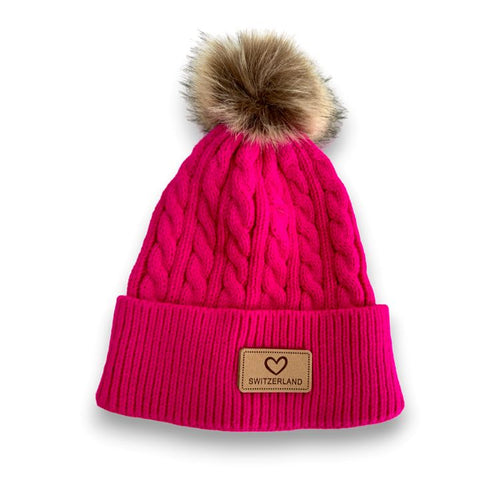

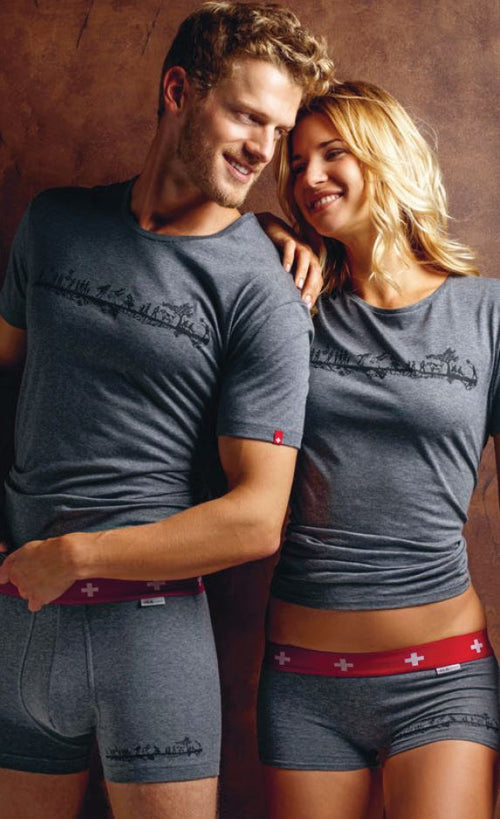

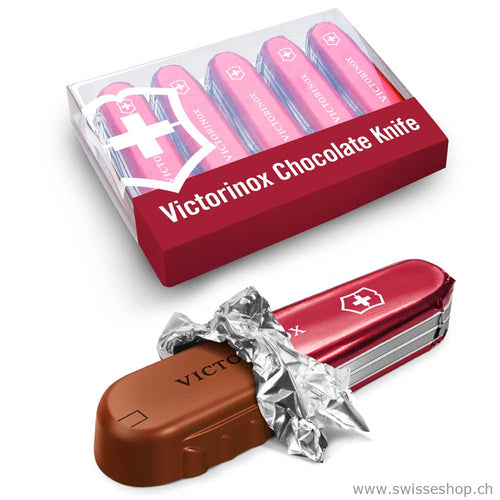

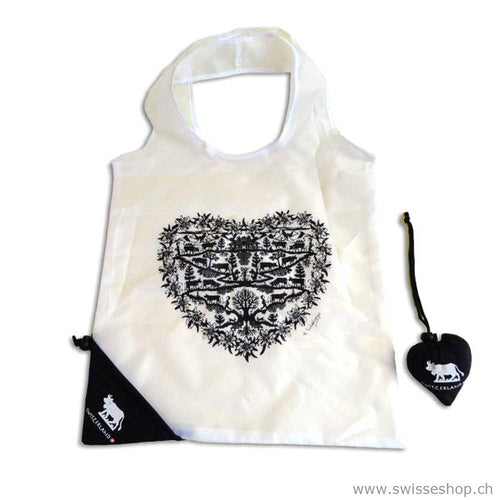
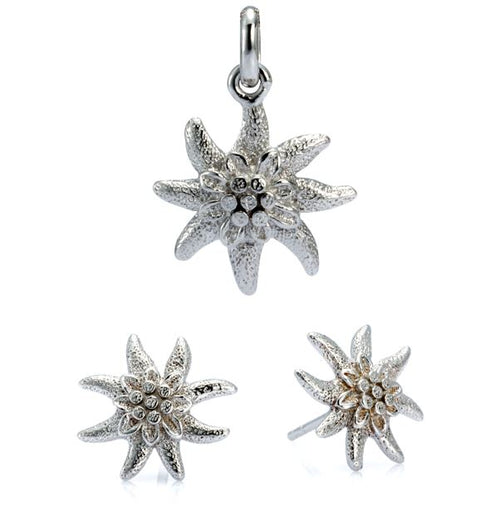

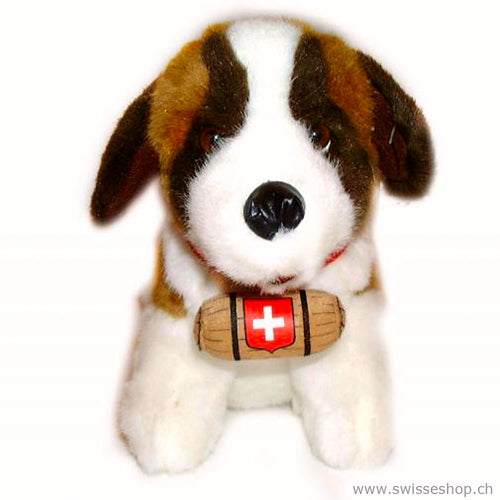
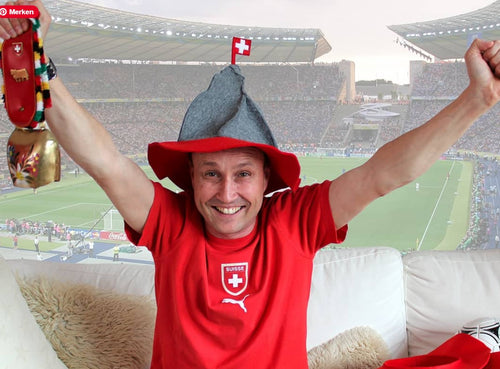

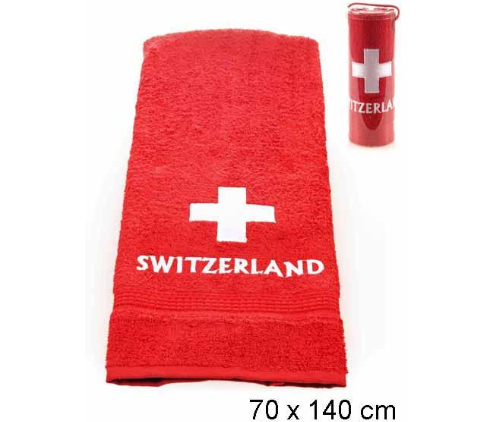
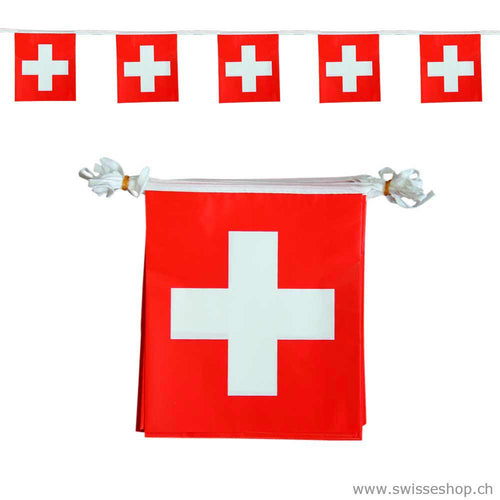
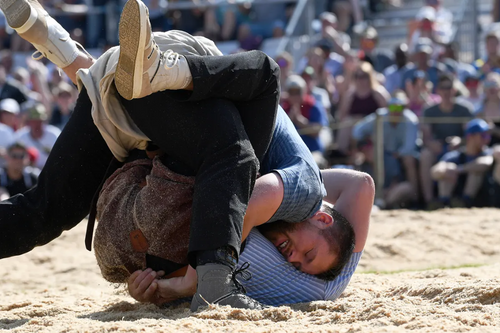
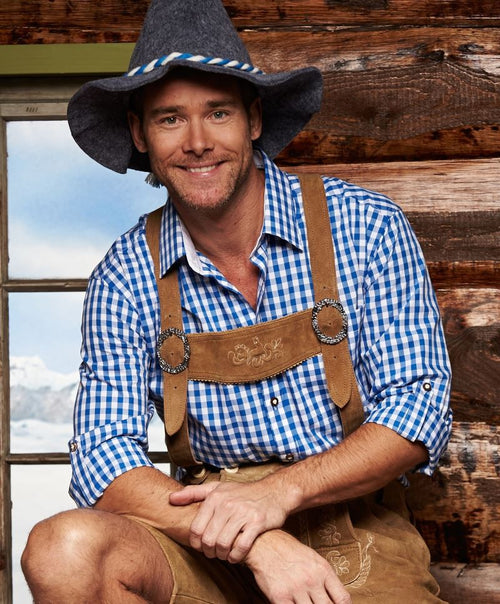
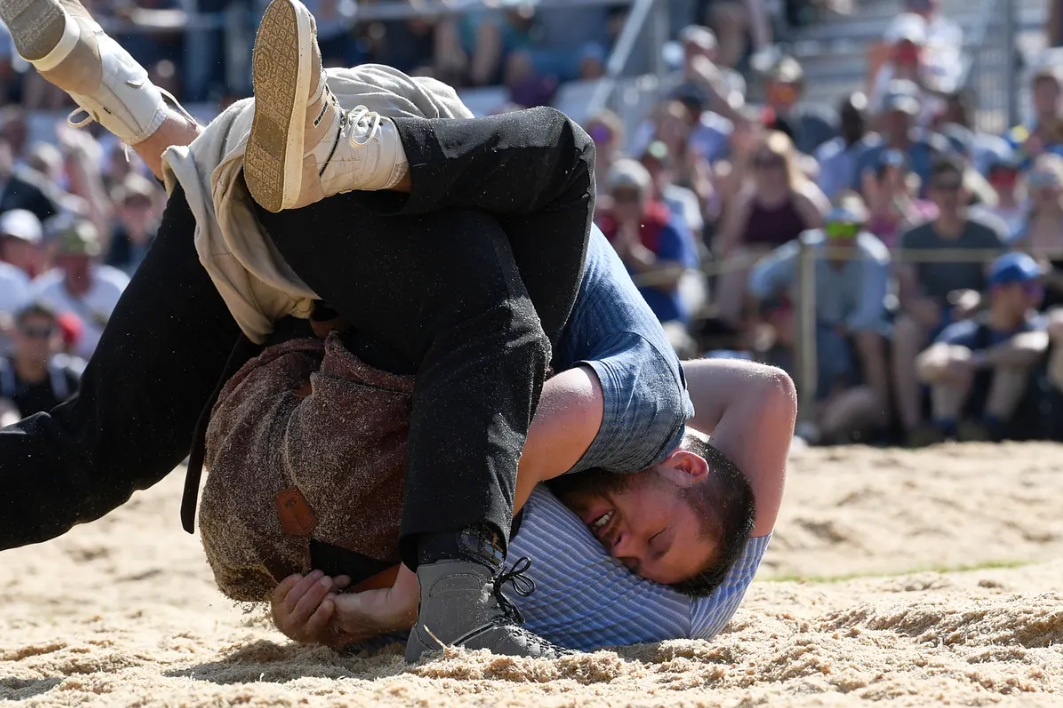
split:
Quality that obliges